Check Our
Training Facilities
We aim to make the world a safer place by providing state of the art training, equipment, security and consulting services to the CBRNE response and environmental protection community.
NTC CBRN
National Training Center CBRN
- At the National Training Center CBRN (NTC CBRN) soldiers, fire brigade, police and medical aid workers train defense and decontamination in case of CBRN incidents. In addition to realistic training settings on the training ground, the 'counterplay' of victims is also part of training. This makes training even more realistic.
- The training area is approximately 6 hectares. Participants can practice in, for example, a metro station built above ground, in and around a collapsed house, shed, railway yard with (tank) wagons, container terminal , decontamination street and a house with 30 rooms that differ in size.
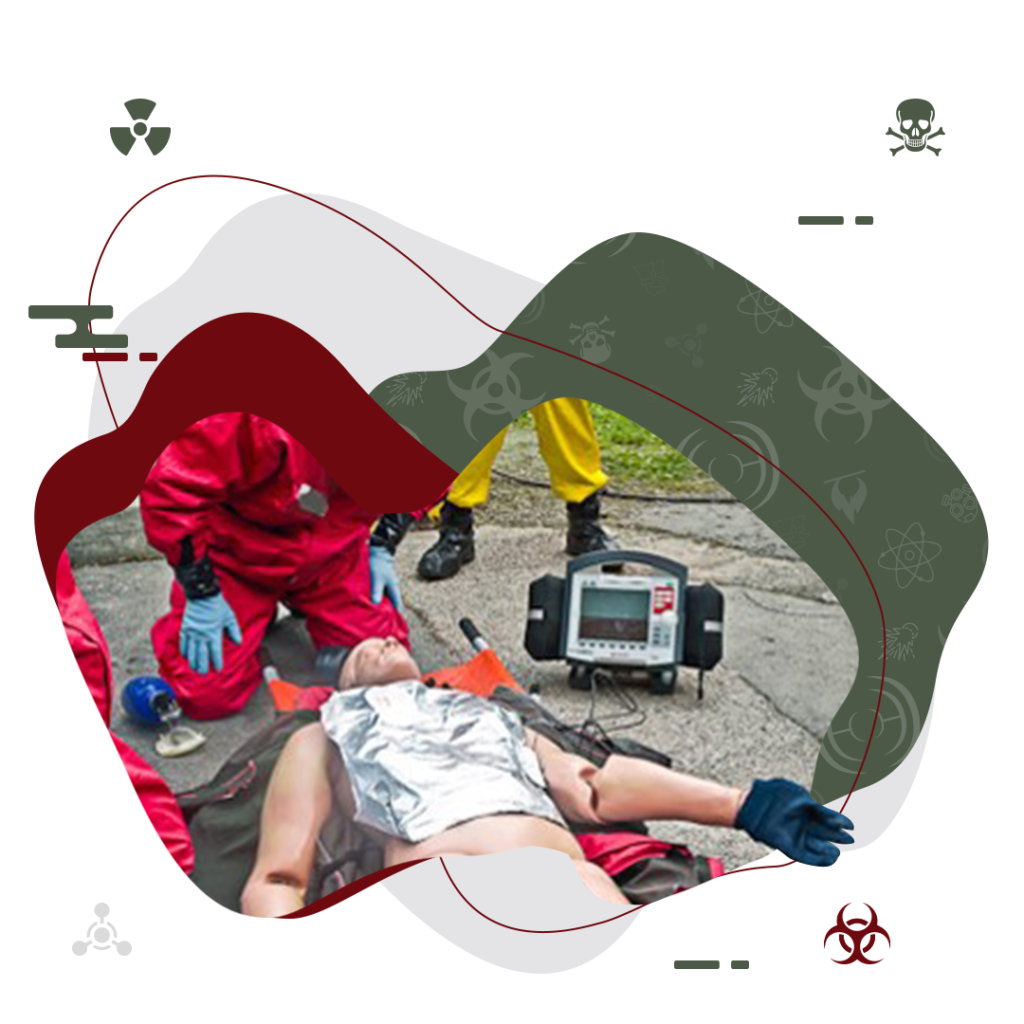
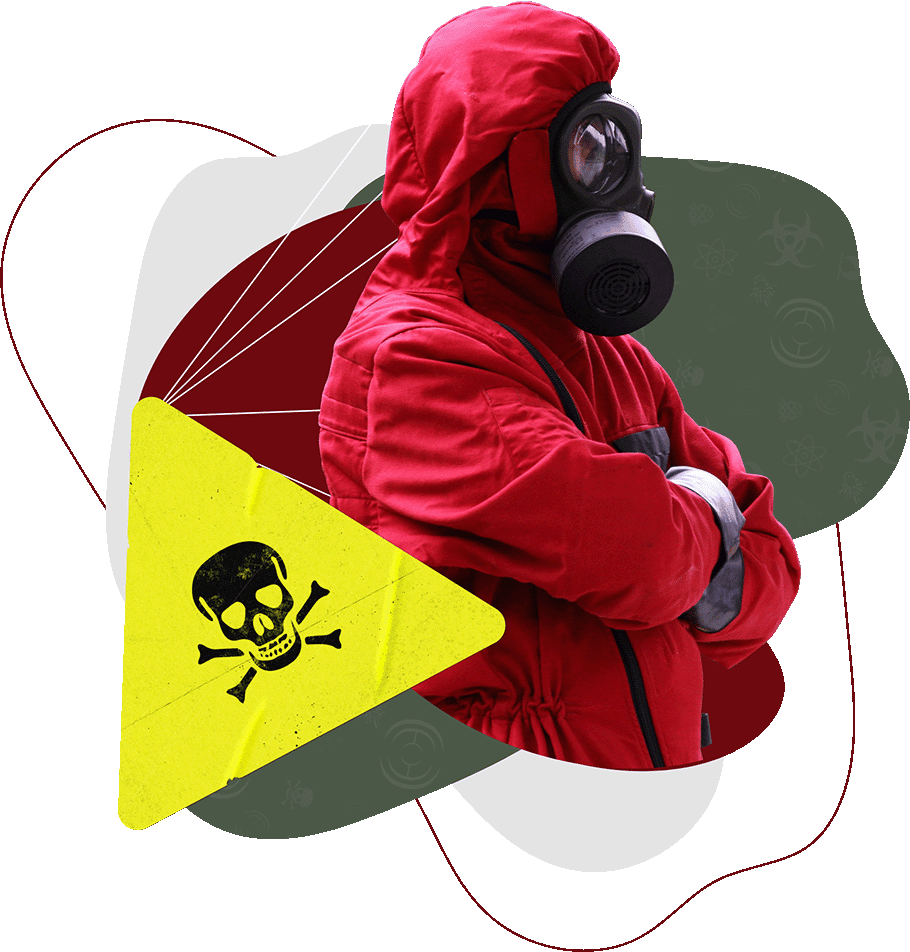
Training within
your own specialism or together with other care providers
- Military and civil disaster response personnel train within their own specialism (monodisciplinary). It is even more important to practice together with other care providers (multidisciplinary). Because if a real CBRN threat arises, it is necessary to know exactly who has which tasks.
- Safety at the NTC is very important, Instructors and participants work with hazardous substances. These can be real fabrics, but also simulated (fake). Examples are simulation weapons, training ammunition (FX), tear gas (CS) and real radioactive sources. The experienced and well-trained instructors know exactly how to deal with all types of hazardous substances (fake and real).
HZS NUMBERS
Mandatory safety briefing
Participants receive a mandatory safety briefing before training. During the training, they must always follow the instructions of the safety officer of the NTC CBRN.
+
0
Years Of Experience
+
0
Professional Course
+
0
Qualified Expert
+
0
Hour of knowledge
on the training ground
The NTC CBRN Uses Among Other Things
- vehicles;
- special clothing sets;
- flora and fauna simulation;
- equipment to simulate MDMA and Ecstasy labs, among other things;
- weapons and explosives simulation;
- simulation training system (STS). With STS you train in a virtual world.
The system includes:- real-time link between the live and virtual environment;
- audio and video capture;
- track and trace system;
- C2000 system and Wi-Fi /4G coverage on site;
- simulated source and effect area ( simulated plume );
- simulated casualty game;
- extensive evaluation options ( after action reviews ) with data from the simulation and training system.
- realistic counterplay through the use of actors and human patient simulators (HPS).
HPS are lifelike dolls and therefore resemble real victims. The doll blinks. Breathing and heartbeat are visible and palpable. Disorders and reactions after an incident with chemical agents make it lifelike.
The doll can have shortness of breath, a shock reaction or an epileptic seizure. Emergency workers can train technical skills on the dummy. Such as drawing blood and inserting a breathing tube (intubation). The NTC CBRN has 3 adult dolls and 2 children’s dolls.
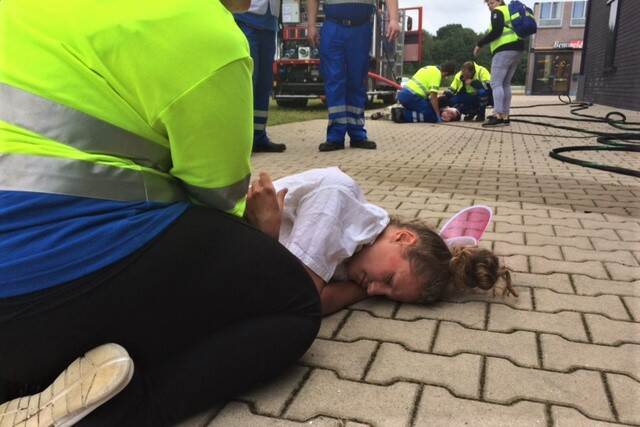
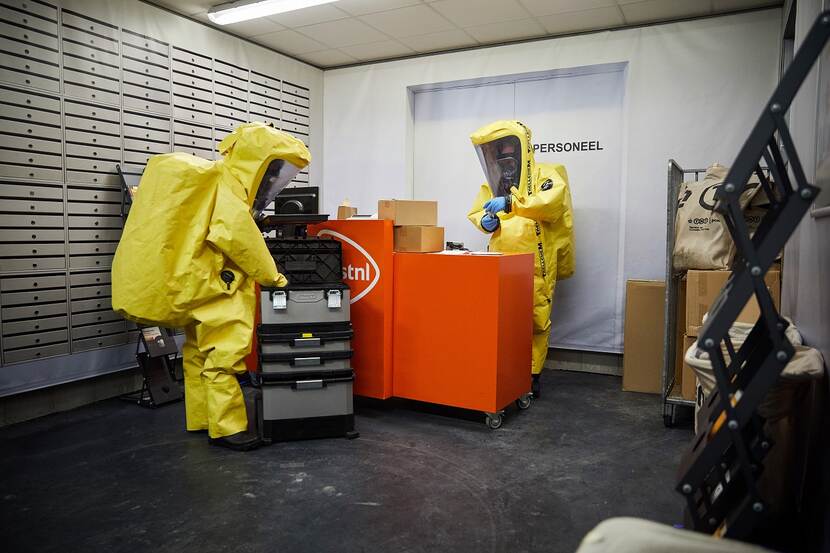
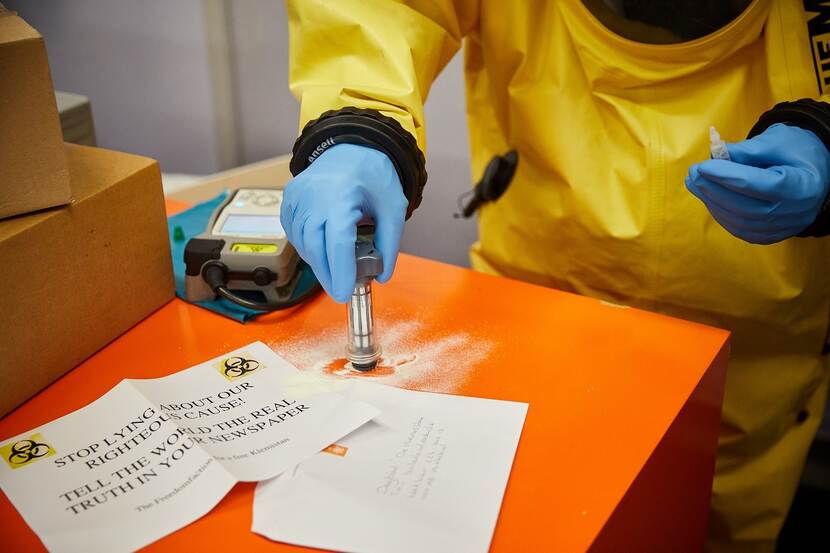
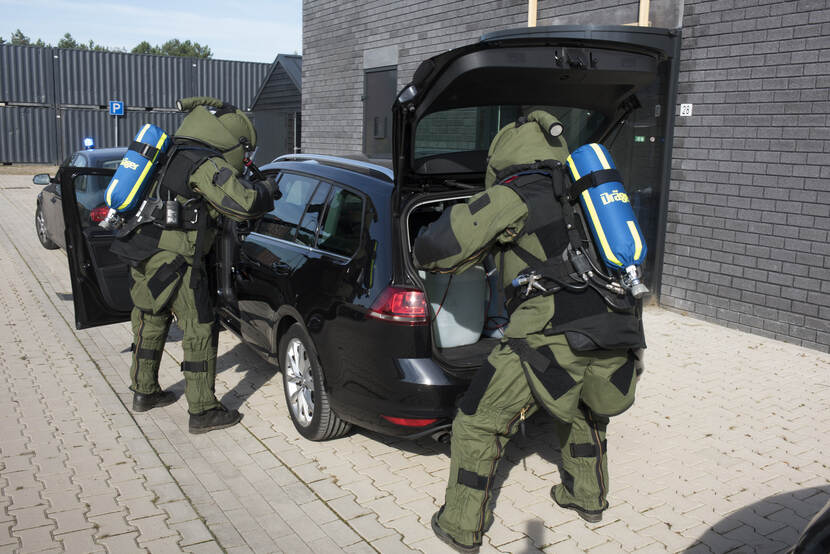
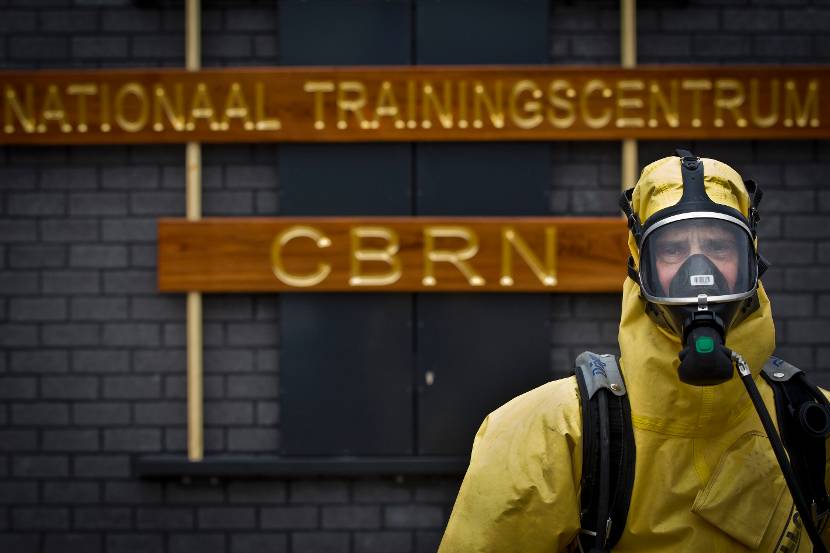
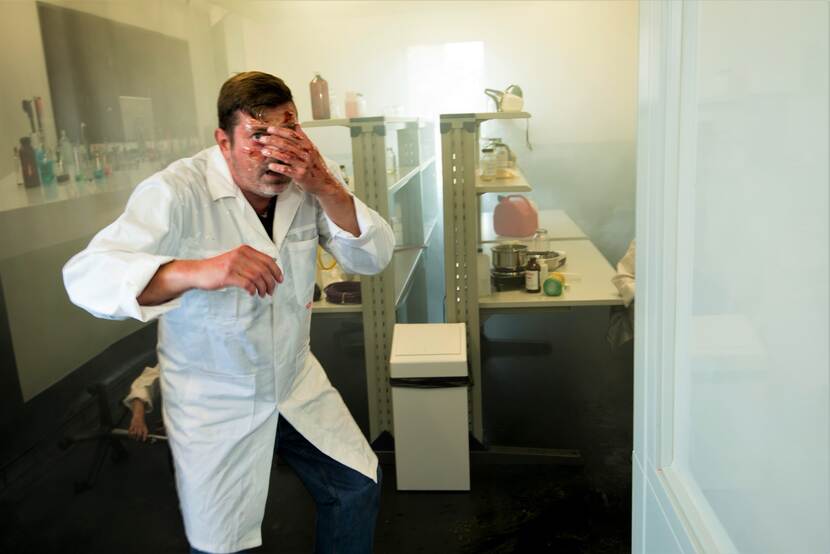
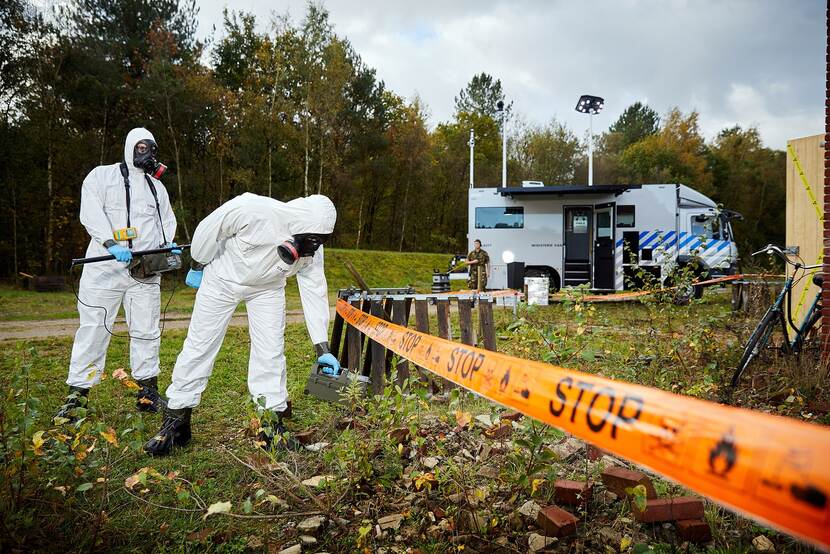
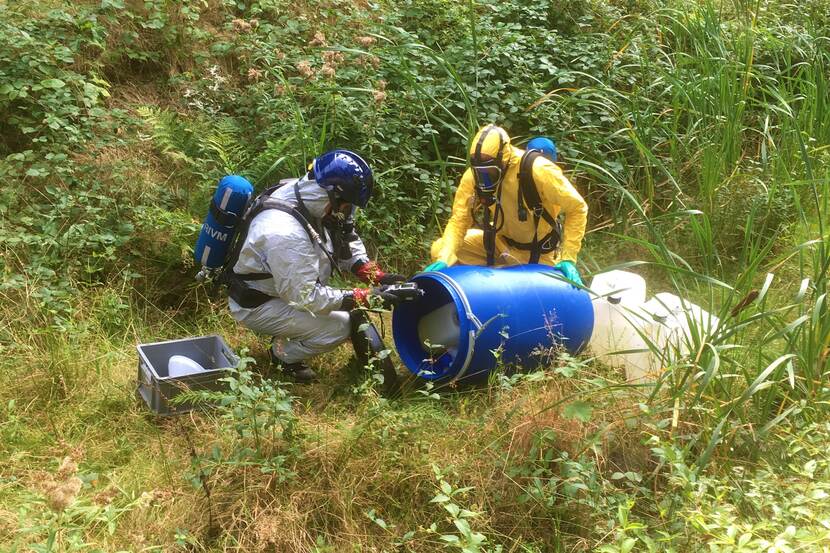
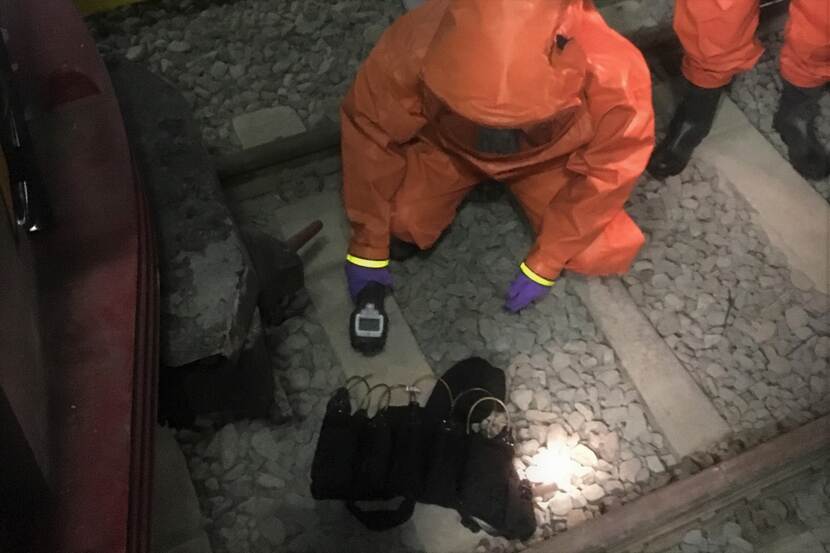
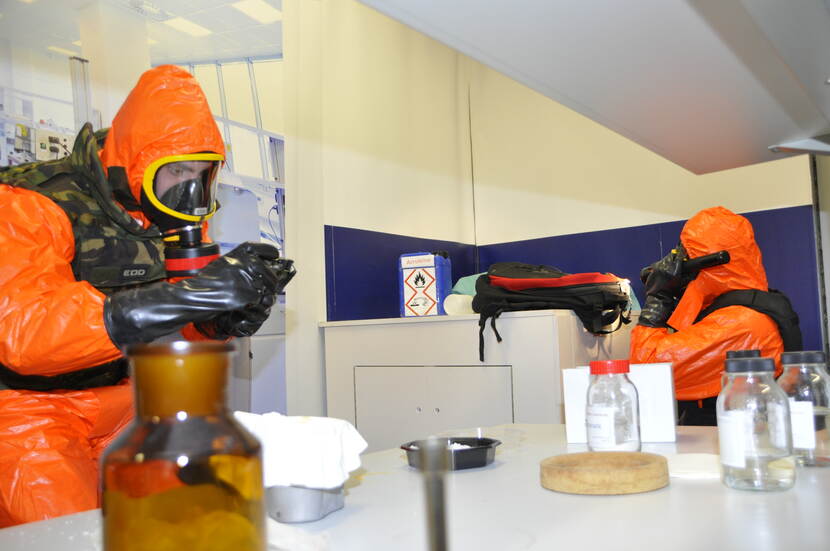
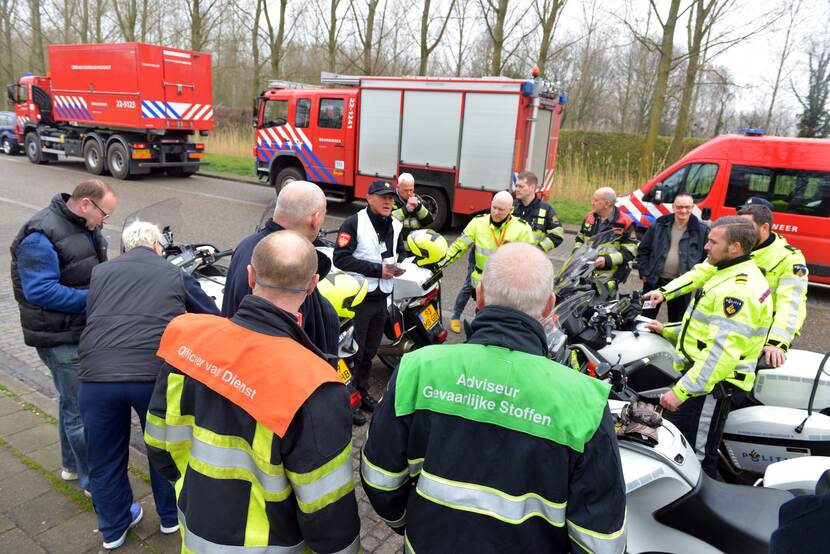
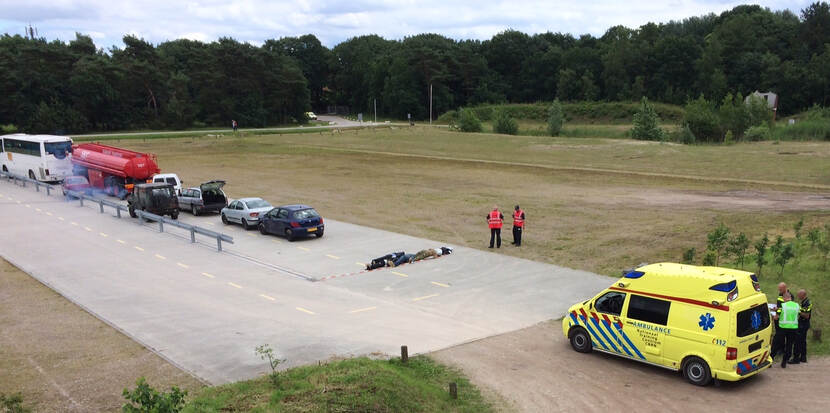
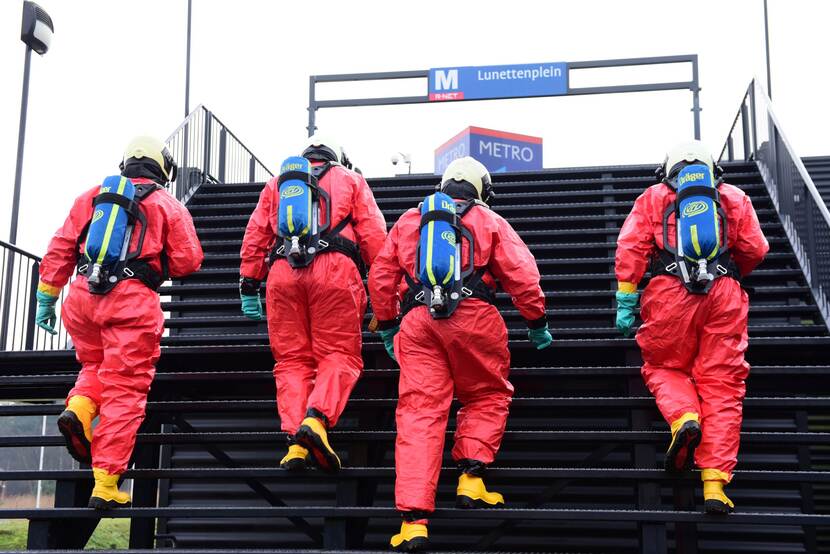
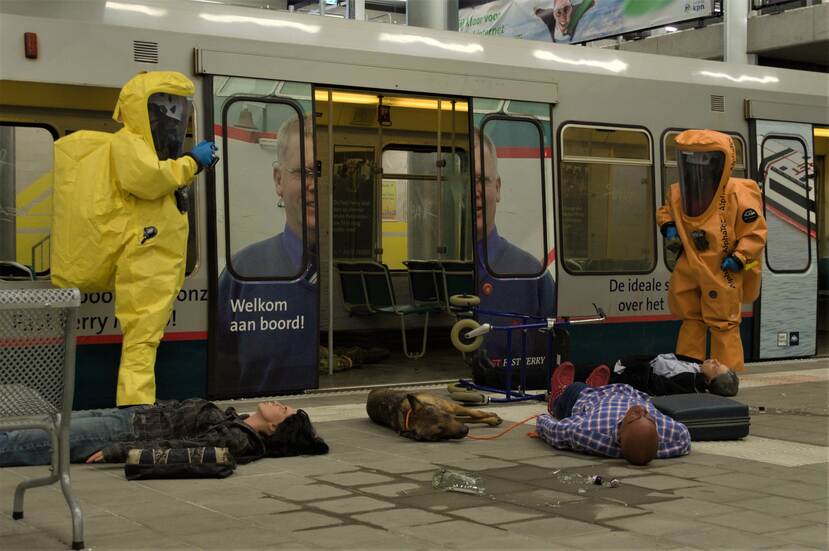
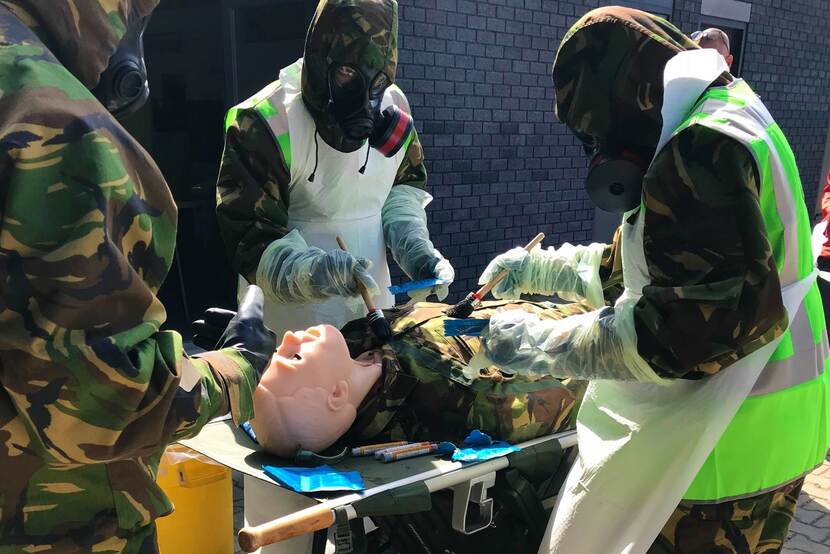
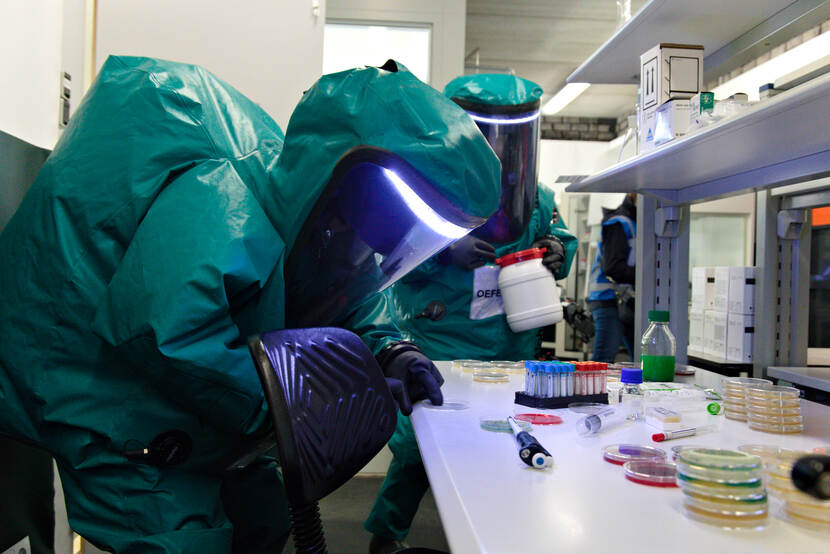
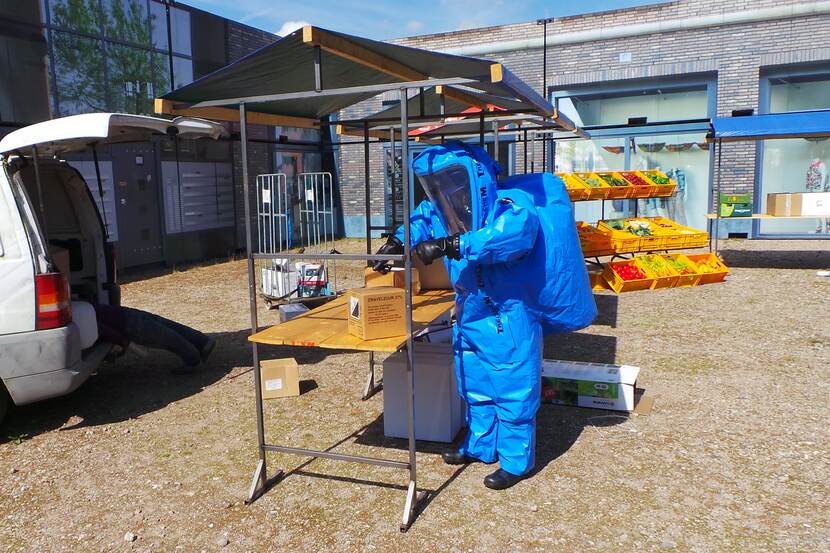
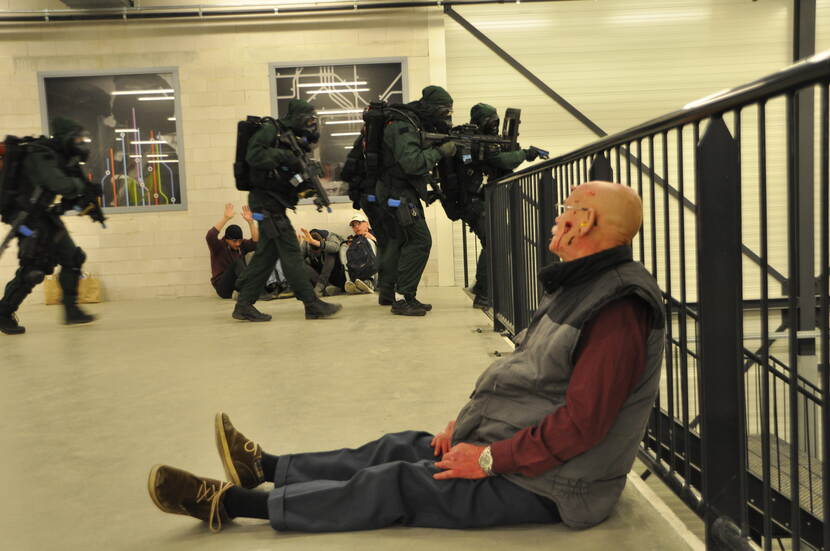
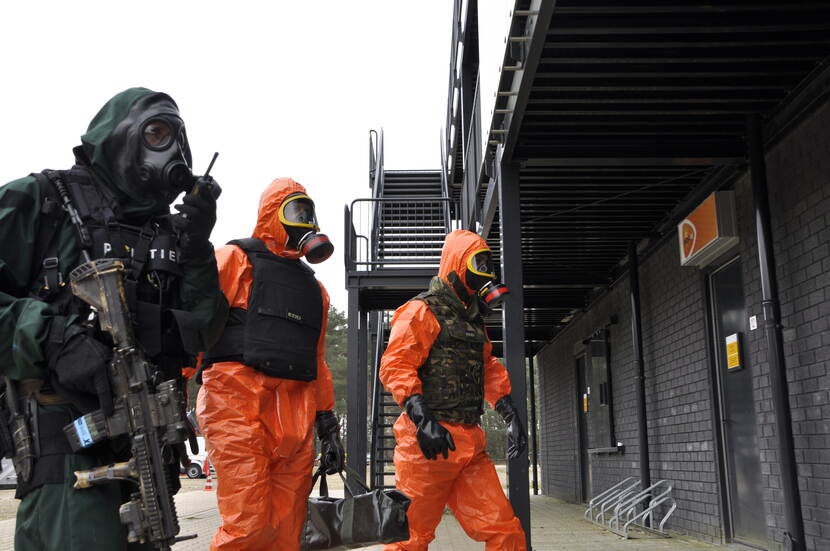
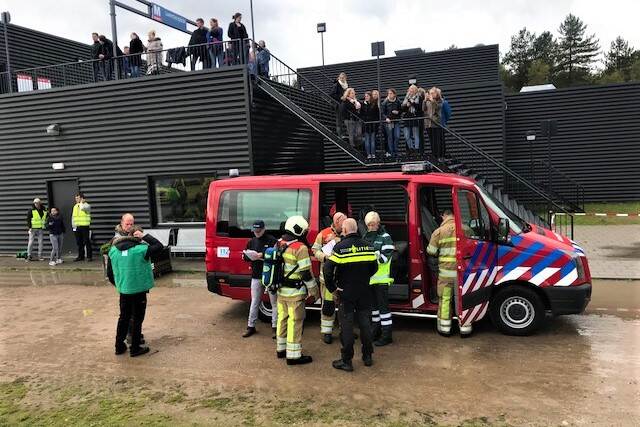
Request Consultation
We believe that every person has the potential to achieve success. That's why we offer a free consultation to discuss your individual goals and create a customized plan to help you achieve them.

